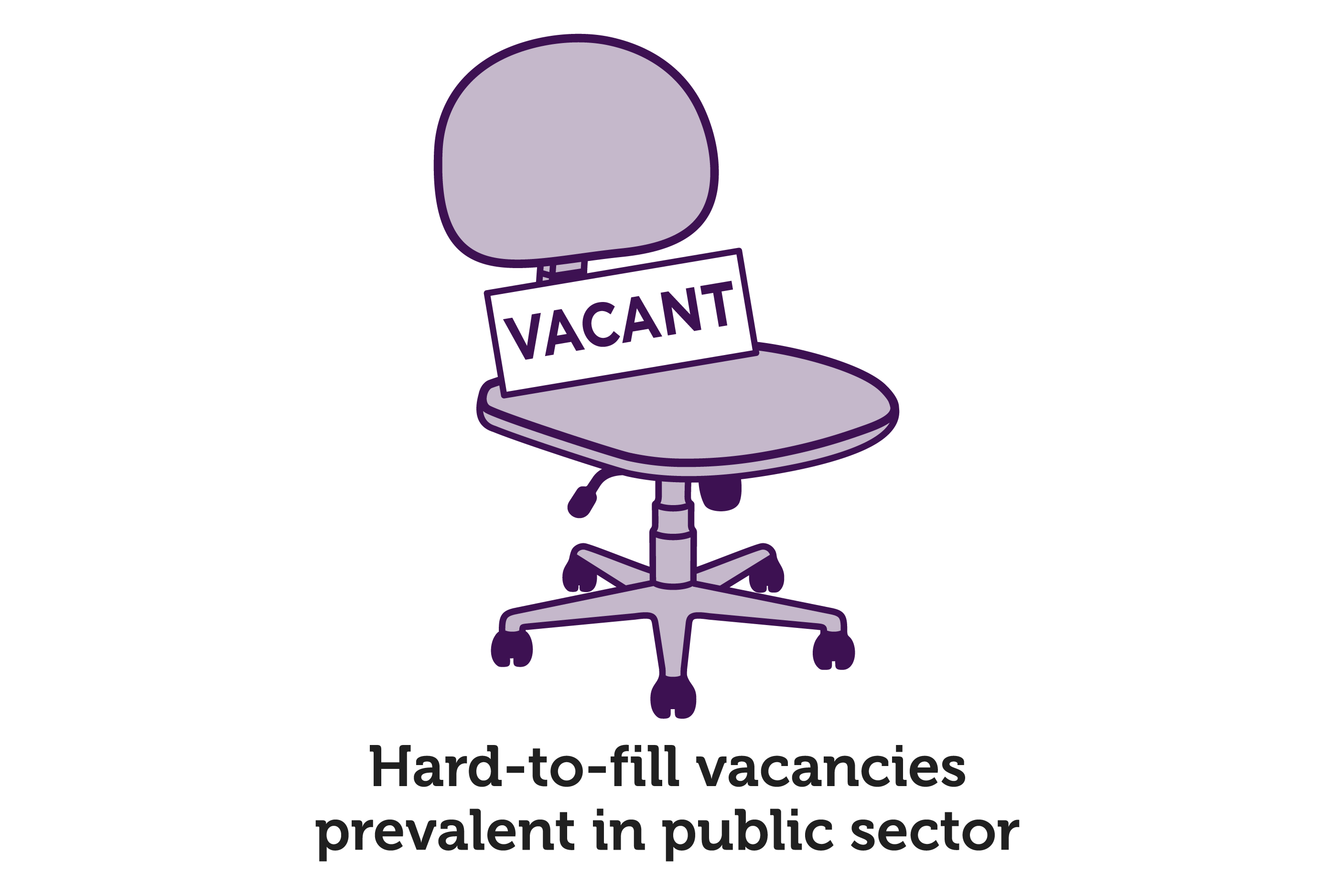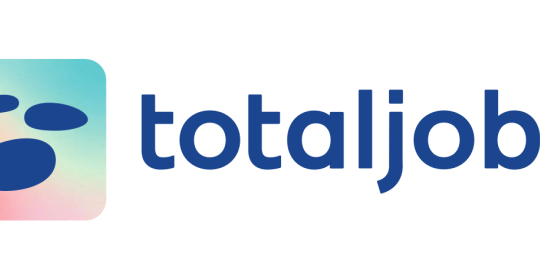Basic pay for public sector workers is expected to increase to be the same rate as private sector workers for the first time since early 2021 – both standing at 5%. This is according to the latest Labour Market Outlook from the CIPD and marks the biggest expected pay rise for public sector workers since the report’s time series began in 2012.
While the pay outlook is improving for public sector workers, the majority of employers in healthcare and education expect problems filling vacancies in the next six months. In response, the CIPD, the professional body for HR and people development, is calling on employers to adopt inclusive recruitment and selection approaches to help broaden their talent pool and use upskilling opportunities to develop their existing workforce.
The CIPD’s Labour Market Outlook is a quarterly survey of more than 2,000 employers across the UK on their pay, hiring and redundancy intentions. This quarter’s report found that:
Hard-to-fill vacancies persist, particularly in the public sector:
- 41% of employers have hard-to-fill vacancies. However, there’s a marked difference across sectors. More than half (51%) of public-sector employers report hard-to-fill vacancies, compared to 38% of private-sector employers.
- As with previous quarters, a higher rate of public sector employers (42%) expect significant problems filling roles over the next six months, compared to 19% of private sector employers.
Hiring intentions and retention efforts remain strong:
- Employment intentions remain positive across all industries, with seven in ten (69%) employers planning to recruit in the next three months, rising to 85% in the public sector.
- Redundancy intentions have fallen for the first time since winter 2021/22 – 17% of employers expect to make some redundancies in the three months to December 2023.
- 39% of employers have turned to counteroffers to retain key staff in the past 12 months
The cost-of-living crisis continues to fuel pay awards:
- One in four (28%) employers plan to increase wages in the next 12 months, to reduce the impact of the cost-of-living on employees.
- 11% plan to give bonuses, allowances or lump sums to cover increased living costs.
CIPD’s senior labour market economist Jon Boys said:
“The post-pandemic economy has been characterised by high vacancies and dwindling candidate supply and this dynamic continues. There remains strong demand for people, particularly in the public sector. It’s no surprise therefore that employers are expecting pay increases to match that of the private sector to remain competitive. However, it’s important for employers to also focus on the non-remuneration aspects of roles to attract and crucially retain people. This includes paying attention to job quality through good job design and by offering a range of flexible working options.”
Focus on automation and generative AI
As skills vacancies persist, many organisations are turning to technology to help plug the gap. This latest Labour Market Outlook found that a quarter (24%) of organisations with hard-to-fill vacancies plan to introduce or increase automation, to address them. This is almost twice the level it was in Summer 2022 (13%).
Organisations who expect their organisation will introduce generative AI anticipate the employment impact of introducing it over the next five years will be neutral. When asked to estimate the employment impact of generative AI, most organisations (53%), expect no change in the number of full-time staff employed by them as a result. A quarter (25%) think generative AI will lead to more full-time jobs and roughly the same amount think it will decrease the number of full-time roles.
Other key findings:
- 8% of employers have banned the use of generative AI and a further 5% plan to ban it.
- Over a third (36%) of employers see privacy and security concerns as potential drawbacks of implementing generative AI in their workplace.
- Two in five (40%) employers see increased productivity and efficiency as potential organisational benefits of using generative AI and a third (32%) see cost savings as a benefit.
- Just 16% of organisations have a formal policy or guidance for employees on using generative AI at work but more than half (52%) do not have any policies or guidance, or plan to introduce them.
Boys concludes: “Generative AI is already changing the world of work. Our research shows a lot of employers are still hesitant to introduce it, and many may not be aware that people are using it. Organisations need to embrace the opportunities of AI, while understanding the risks. This will ensure responsible and ethical use and understanding potential impacts on workforces, jobs and skills. Managed well, it stands to bring efficiency and productivity gains to many roles. The ubiquity and low cost of tools like ChatGPT have ensured a fast uptake among workers. Employers who are not proactive will soon find themselves outpaced by developments as this technology will continue to progress and reach into new areas of our working lives.”







